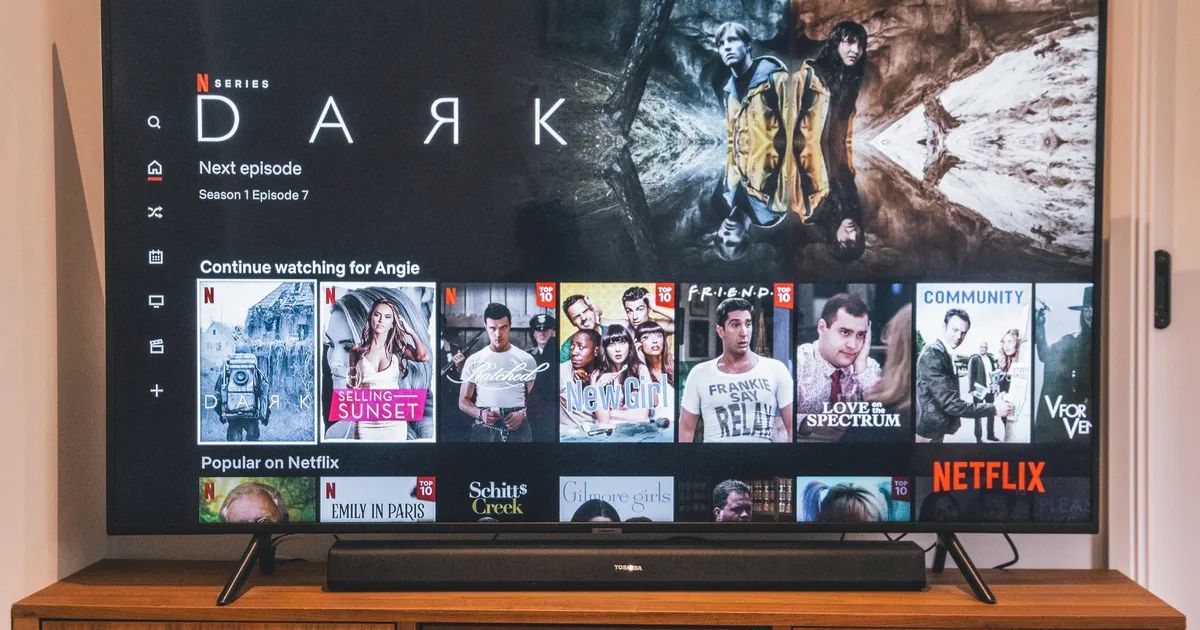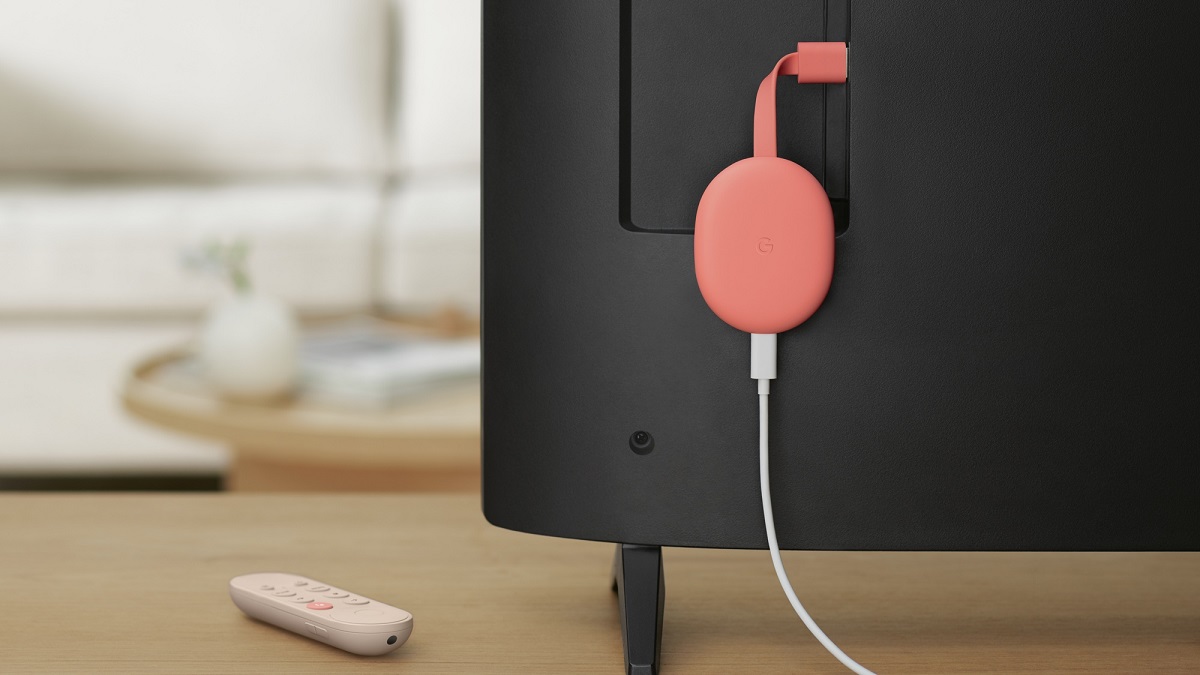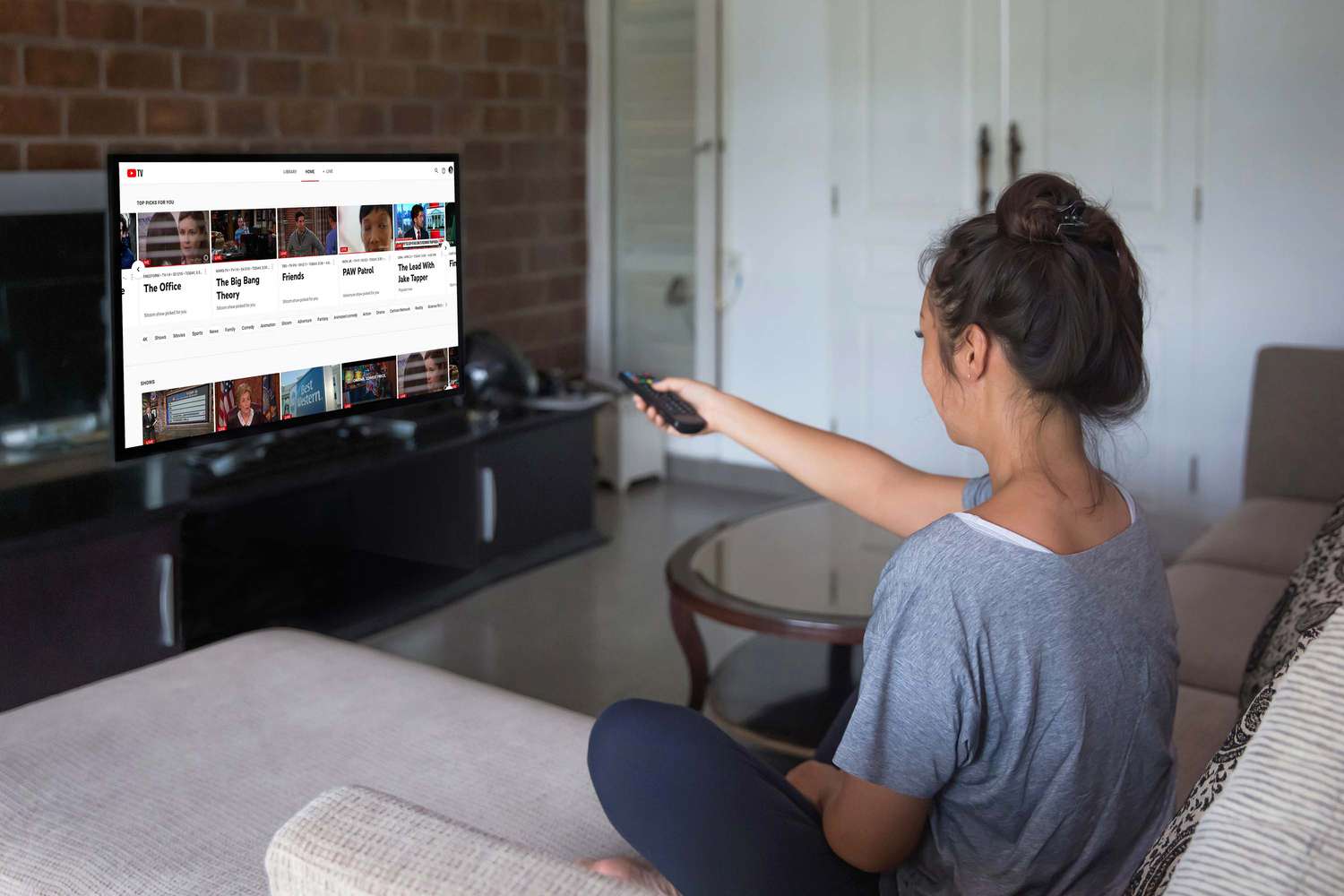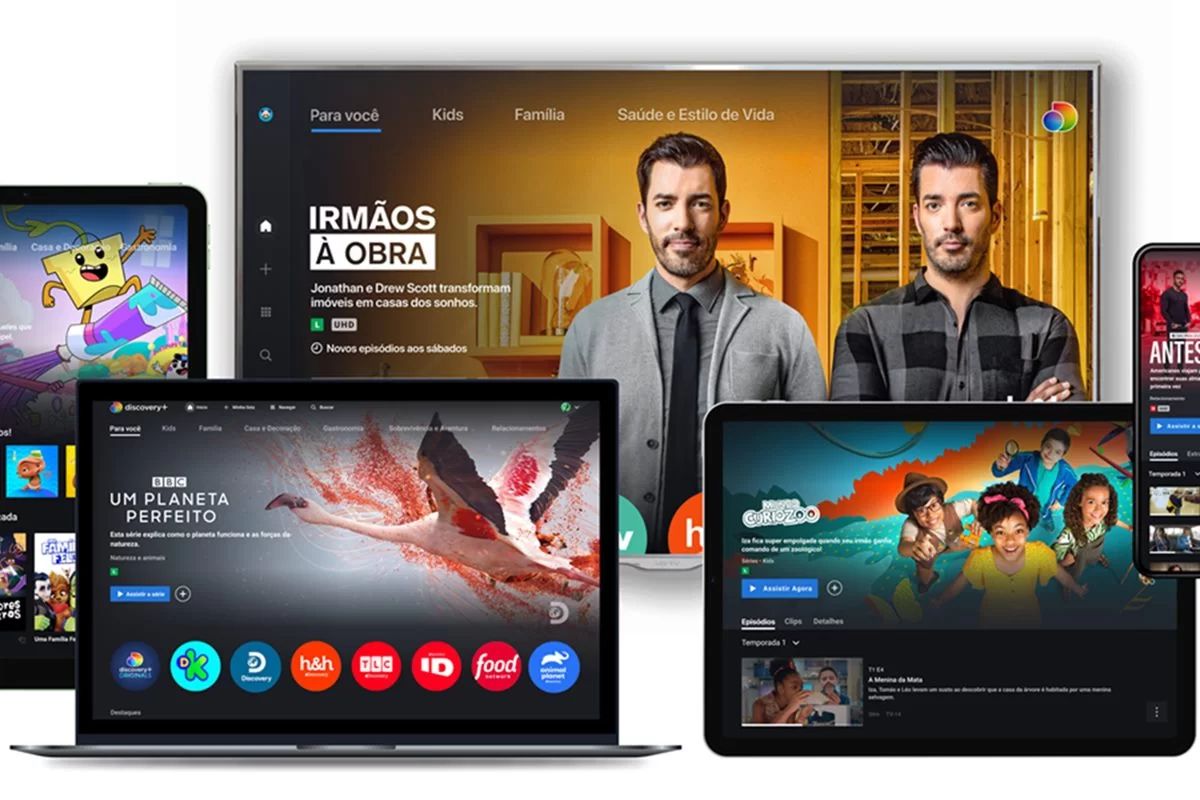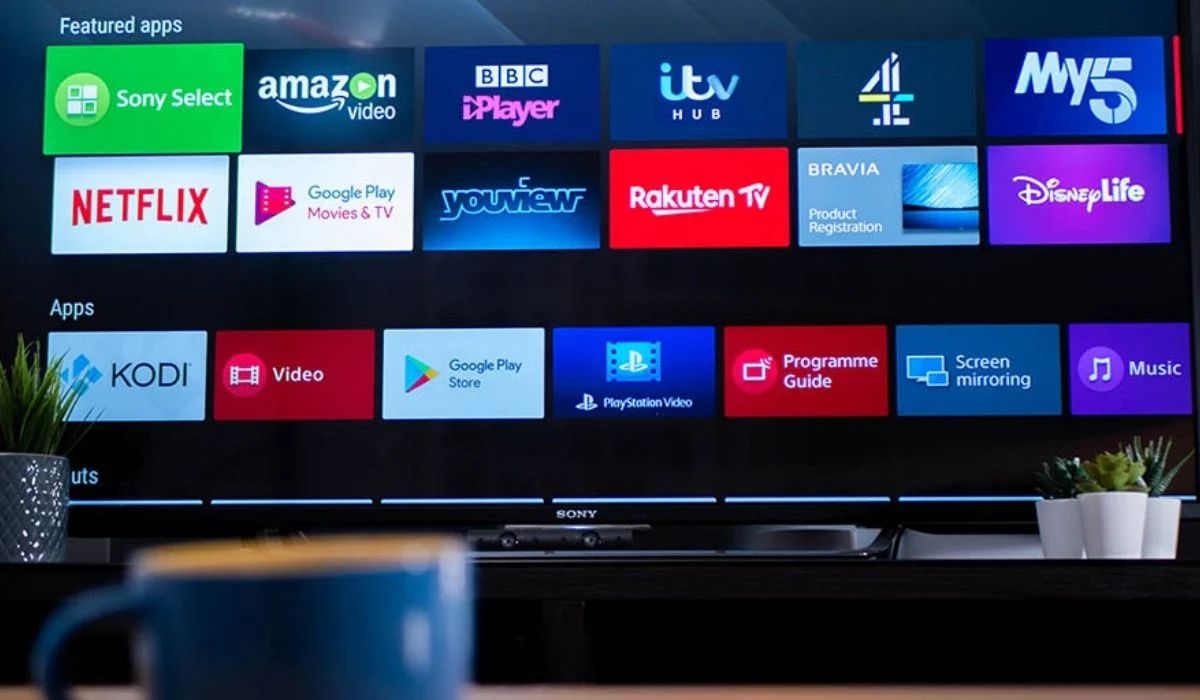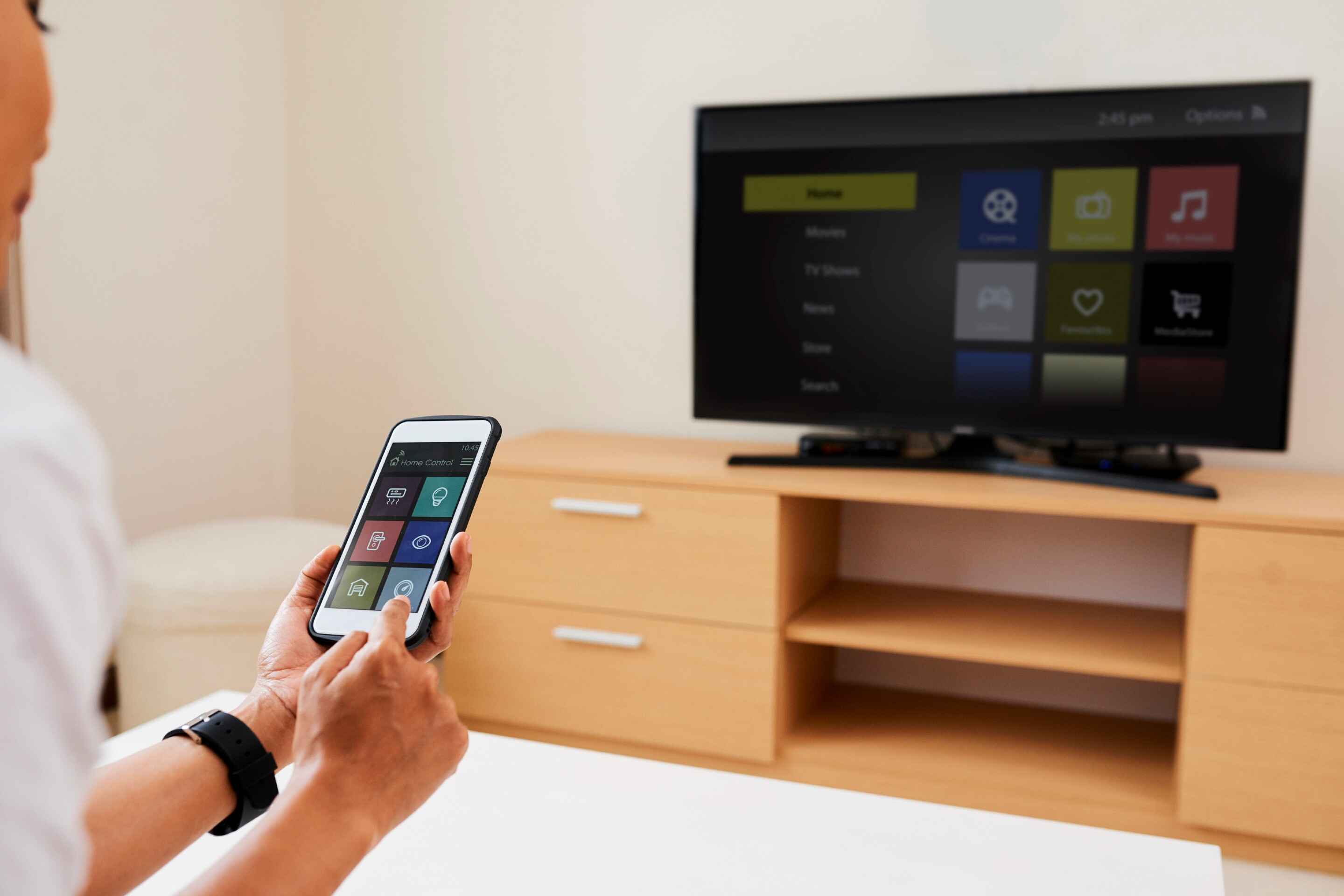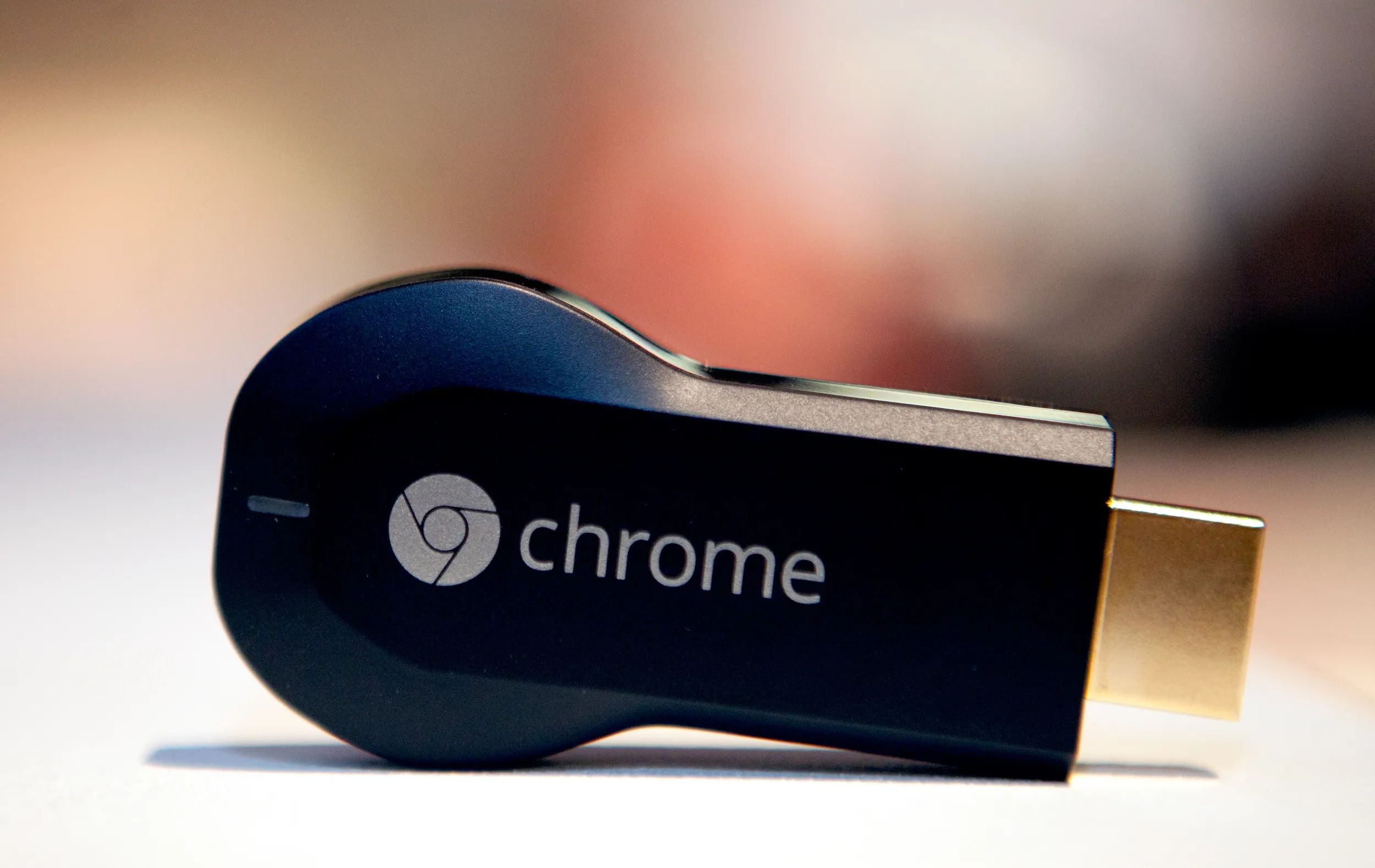Introduction
Many people enjoy streaming their favorite movies, TV shows, and videos on their smart TVs using devices like Chromecast. However, what if you have a non-smart TV and don’t want to invest in a new one or a Chromecast? The good news is that there are several methods you can use to cast content to a non-smart TV without Chromecast. In this article, we will explore six different methods that you can try to enjoy your favorite digital content on any TV.
Whether you want to cast from your laptop, smartphone, or other devices, there is a solution for you. These methods vary from using an HDMI cable and a laptop or smartphone to streaming through media devices like a smart DVD player, gaming console, or a set-top box. By following these methods, you can easily cast your favorite shows and movies on your non-smart TV and enjoy the big screen experience.
Keep in mind that the specific method you choose may depend on the devices and equipment you have at your disposal. While some methods may require additional accessories, others utilize built-in features of certain devices. Let’s take a closer look at each of these methods, their requirements, and the steps involved.
Method 1: Using an HDMI Cable and Laptop/Smartphone
If you have a laptop or smartphone with HDMI output capabilities and your non-smart TV has an HDMI input, this method is one of the simplest and most reliable ways to cast content. It allows you to mirror your device’s screen directly onto your TV.
To get started, you’ll need an HDMI cable that matches the ports on your laptop or smartphone and your TV. Once you have the cable, follow these steps:
- Connect one end of the HDMI cable to your laptop or smartphone’s HDMI output port.
- Connect the other end of the HDMI cable to the HDMI input port on your TV.
- Ensure that your TV is set to the correct HDMI input source. You may need to use your TV’s remote control or menu settings to switch to the appropriate HDMI channel.
- On your laptop or smartphone, navigate to the display settings and select the option to mirror or extend your screen to the connected TV.
- Once your screen is mirrored or extended, you can open the app or content you want to cast on your device, and it will be displayed on your TV.
This method is ideal for streaming platforms, video games, or any app that supports screen mirroring or extended display. It offers a direct connection between your device and the TV, ensuring minimal delay or lag in casting content.
Additionally, using an HDMI cable allows you to enjoy high-quality audio and video output on your TV, making it a great option for watching movies, streaming live sports events, or giving presentations on a larger screen.
Method 2: Using a Media Streaming Device
If you don’t have a laptop or smartphone with HDMI output capabilities, or if you prefer a wireless casting option, using a media streaming device is a convenient solution. Media streaming devices such as Roku, Amazon Fire Stick, or Apple TV can connect to your non-smart TV and provide you with access to a wide range of streaming apps and services.
To cast content using a media streaming device, follow these steps:
- Connect the media streaming device to your TV’s HDMI input port.
- Ensure that your TV is set to the correct HDMI input source.
- Follow the device’s setup instructions to connect it to your home Wi-Fi network.
- Once connected, open the appropriate app store on the media streaming device and download the casting app for your smartphone or tablet.
- Launch the casting app on your smartphone or tablet and ensure that it is connected to the same Wi-Fi network as the media streaming device.
- Select the content you want to cast from the app on your smartphone or tablet.
- Look for the cast icon in the app and tap on it.
- Choose the media streaming device from the list of available devices.
- The selected content will now start playing on your non-smart TV.
Using a media streaming device provides a seamless and user-friendly experience for casting content to your TV. These devices often come with dedicated remote controls, voice assistants, and easy-to-navigate interfaces, allowing you to browse and stream your favorite shows, movies, and videos with ease.
Additionally, media streaming devices are frequently updated with new features and app compatibility, ensuring that you have access to the latest streaming platforms and services. With a wide range of media streaming devices available in the market, you can choose the one that best suits your preferences and budget.
Method 3: Using Miracast or Wi-Fi Direct
If your non-smart TV supports Miracast or Wi-Fi Direct technology, you can easily cast content from your smartphone, tablet, or Windows computer wirelessly. Miracast and Wi-Fi Direct allow devices to establish a direct Wi-Fi connection, enabling seamless screen mirroring without the need for additional hardware.
To cast content using Miracast or Wi-Fi Direct, follow these steps:
- Ensure that both your non-smart TV and casting device (smartphone, tablet, or Windows computer) support Miracast or Wi-Fi Direct.
- On your non-smart TV, navigate to the settings menu and enable Miracast or Wi-Fi Direct.
- On your casting device, go to the settings menu and enable Miracast or Wi-Fi Direct.
- Once both devices are enabled, they will search for each other and establish a connection.
- On your casting device, open the app or content you want to cast.
- Look for the cast icon or screen mirroring option within the app and tap on it.
- Select your TV from the list of available devices.
- The content will now start playing on your non-smart TV.
Using Miracast or Wi-Fi Direct provides a wireless casting solution that eliminates the need for cables or media streaming devices. It allows you to enjoy the convenience of casting content from your handheld devices directly to your TV.
Keep in mind that the availability and functionality of Miracast or Wi-Fi Direct may vary depending on the brand and model of your non-smart TV and casting device. However, most modern devices support these wireless casting technologies, making it an accessible option for many users.
Method 4: Using a Smart DVD/Blu-ray Player
If you have a DVD or Blu-ray player with smart capabilities, you can utilize its built-in casting functionality to stream content to your non-smart TV. Smart DVD/Blu-ray players often come with Wi-Fi connectivity and pre-installed streaming apps, allowing you to access popular platforms like Netflix, Hulu, and YouTube directly from your TV.
To cast content using a smart DVD/Blu-ray player, follow these steps:
- Connect your smart DVD/Blu-ray player to your non-smart TV using an HDMI cable.
- Ensure that your TV is set to the correct HDMI input source.
- Connect the DVD/Blu-ray player to your home Wi-Fi network by following the on-screen setup instructions.
- Once connected, launch the streaming app on your DVD/Blu-ray player.
- Navigate through the app to find the content you want to cast.
- Select the content you want to play and look for the cast or streaming icon within the app.
- Choose your TV from the list of available devices.
- The selected content will start playing on your non-smart TV.
Using a smart DVD/Blu-ray player not only allows you to cast content to your TV but also gives you the ability to play DVDs or Blu-rays without the need for an additional player. It combines the functionalities of a traditional DVD/Blu-ray player and a streaming device, providing a convenient all-in-one solution.
Furthermore, smart DVD/Blu-ray players often receive firmware updates, ensuring ongoing compatibility with popular streaming services. This means you can enjoy the latest features and app updates to enhance your casting and streaming experience.
Method 5: Using a Gaming Console
If you own a gaming console such as Xbox, PlayStation, or Nintendo Switch, you can take advantage of their multimedia capabilities to cast content to your non-smart TV. Gaming consoles offer various streaming apps and features that allow you to access popular video streaming platforms and services.
To cast content using a gaming console, follow these steps:
- Connect your gaming console to your non-smart TV using an HDMI cable.
- Ensure that your TV is set to the correct HDMI input source.
- Connect your gaming console to your home Wi-Fi network by following the on-screen setup instructions.
- Once connected, launch the streaming app on your gaming console. It may be pre-installed or available for download from the console’s app store.
- Use your gaming console’s controller or remote to navigate through the app and find the content you want to cast.
- Select the content and choose the cast or streaming option within the app.
- Select your TV from the list of available devices.
- The selected content will now start playing on your non-smart TV.
Using a gaming console for casting content provides a seamless integration between gaming and multimedia entertainment. It allows you to enjoy not only gaming but also streaming your favorite movies, TV shows, and videos on your TV.
Additionally, gaming consoles often receive firmware updates that improve the casting and streaming experience. They also provide access to subscription services, multiplayer gaming, and other interactive features, making them a versatile option for entertainment.
Method 6: Using a Set-Top Box or Digital Media Player
If you want an all-in-one solution for casting content to your non-smart TV, consider using a set-top box or digital media player. These devices, such as the Apple TV, Android TV Box, or Roku Streaming Stick, are designed specifically for streaming and casting content to your TV.
To cast content using a set-top box or digital media player, follow these steps:
- Connect the set-top box or digital media player to your TV’s HDMI input port.
- Ensure that your TV is set to the correct HDMI input source.
- Connect the set-top box or digital media player to your home Wi-Fi network by following the on-screen setup instructions.
- Once connected, navigate through the device’s interface using the remote control or included controller.
- Access the streaming apps or services available on the set-top box or digital media player.
- Find the content you want to cast and select it within the app.
- Look for the cast or streaming icon within the app and choose your TV from the list of available devices.
- The selected content will now start playing on your non-smart TV.
Using a set-top box or digital media player provides a dedicated and user-friendly casting experience. These devices often offer a wide range of streaming apps, including popular platforms like Netflix, Hulu, and Amazon Prime Video. Some models also support voice commands, making it even easier to navigate and control your content.
Additionally, set-top boxes and digital media players are frequently updated with new features and app compatibility, ensuring that you have access to the latest streaming services and improvements in casting technology.
Conclusion
Having a non-smart TV doesn’t mean you have to miss out on the convenience of casting your favorite content. In this article, we explored six different methods to cast content to a non-smart TV without using a Chromecast.
Using an HDMI cable and a laptop or smartphone provides a reliable and direct connection. Media streaming devices offer a wireless solution with a wide range of streaming apps. Miracast or Wi-Fi Direct enables wireless casting between compatible devices. Smart DVD/Blu-ray players combine the functionality of a disc player and streaming device. Gaming consoles provide both gaming and multimedia entertainment options. Set-top boxes or digital media players offer a dedicated casting experience.
Each method has its own advantages and may suit different preferences or equipment availability. Whether you prefer a wired connection, wireless casting, or utilizing existing devices, these methods allow you to enjoy your favorite shows, movies, and videos on a non-smart TV.
Remember to check the compatibility of your TV and devices before attempting to cast content. Some methods may require additional accessories, such as HDMI cables or specific streaming apps, to ensure a seamless casting experience.
Now you can transform your non-smart TV into a versatile entertainment hub and enjoy the big-screen experience without the need for a Chromecast or a new TV purchase.







